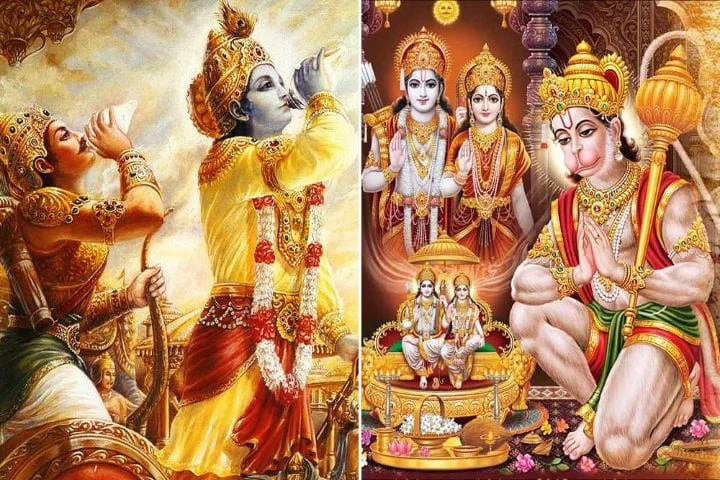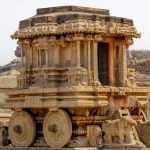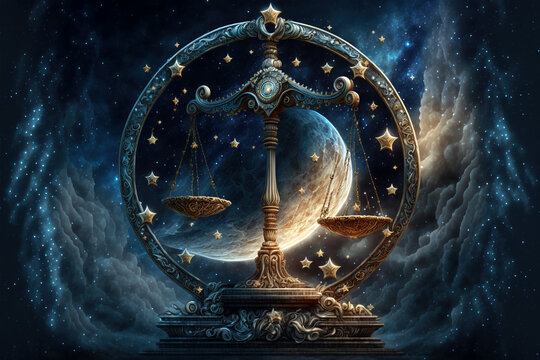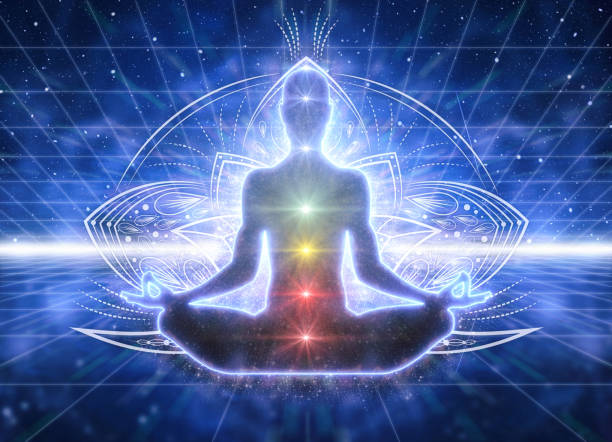The Influence of Indian Epics on Modern Literature and Media

The Ramayana and Mahabharata, two of India’s greatest epics, have not only shaped the spiritual and cultural landscape of the country but also exerted a powerful influence on modern literature and media. Their themes of heroism, morality, duty (dharma), and the eternal struggle between good and evil have inspired countless contemporary works of art, literature, and entertainment, both in India and globally.
One of the most significant ways these epics have influenced modern storytelling is through the archetypes they present. Characters like Lord Rama, Arjuna, Draupadi, and Ravana have become symbols of virtue, strength, and vice. These larger-than-life figures have served as models for modern protagonists and antagonists in literature and cinema. For instance, in countless modern works, we see protagonists grappling with personal dilemmas, akin to the internal conflicts faced by characters in the epics. These archetypes of the reluctant hero, the wise mentor, and the flawed villain continue to dominate contemporary narratives.
The Ramayana and Mahabharata have also had a profound impact on modern media, especially in Indian television and cinema. The 1980s adaptation of Ramayana by Ramanand Sagar and the Mahabharata directed by B.R. Chopra are among the most iconic television series in Indian history. These adaptations helped bring the epics to a mass audience, intertwining the narratives with national identity and religious sentiment. The lessons of dharma, justice, and moral duty, which these epics impart, have become key thematic elements in many contemporary films and television shows, not only in India but also abroad.
Beyond television, Bollywood has embraced the influence of the Indian epics in several hit movies, adapting themes and characters from the epics to suit modern sensibilities. Films like Baahubali, Lagaan, and Raavan feature themes drawn directly from Mahabharata and Ramayana. For instance, Baahubali explores the idea of a righteous ruler, much like the central characters of Arjuna and Rama, while Raavan draws on the story of Ravana, the multi-faceted villain of the Ramayana.
In addition to films and television, Indian epics have also inspired works of literature. Modern authors such as Chetan Bhagat, Amish Tripathi, and Devdutt Pattanaik have drawn heavily from the rich mythological fabric of these epics to create modern retellings, re-imagining characters and events in contemporary settings. For example, Amish Tripathi’s Shiva Trilogy offers a re-envisioned story of Lord Shiva, drawing parallels to the philosophical and moral lessons embedded in the Mahabharata and Ramayana. These retellings have found a huge global audience, bringing ancient Indian stories to new readers while making them more accessible to a modern audience.
The influence of the Ramayana and Mahabharata extends beyond Indian borders, as these epics have inspired global writers and creators. The themes of good versus evil, destiny, sacrifice, and ethical decision-making are universal, making these stories relevant across cultures. International authors and filmmakers, such as those involved in the creation of Hollywood films like Star Wars and The Lord of the Rings, have acknowledged the influence of these epics on their works. The moral struggles faced by characters in these films echo the dilemmas of Arjuna on the battlefield of Kurukshetra and Lord Rama’s pursuit of righteousness.
Indian mythology, particularly through these epics, has also inspired graphic novels and comic books, with modern adaptations of the stories being told through visually compelling art. The Mahabharata and Ramayana continue to be the subjects of reinterpretation and adaptation, keeping the ancient wisdom alive for new generations.
Ultimately, the enduring influence of the Ramayana and Mahabharata on modern literature and media speaks to their timeless appeal. Their exploration of the complexities of human nature, the moral questions they pose, and their universal themes continue to inspire and shape storytelling around the world, ensuring their place as foundational texts in the global literary canon.
Lessons:
- The Ramayana and Mahabharata provide timeless moral lessons that continue to resonate in modern narratives.
- Ancient epics serve as blueprints for contemporary storytelling, influencing characters, themes, and structures in literature and media.
- Modern adaptations of these epics allow for cultural preservation while making them relevant to today’s audience.
- The universal themes of good versus evil, duty, and sacrifice in the epics are globally recognized and continue to inspire works worldwide.
- Indian mythology remains an important source of creativity, offering endless possibilities for reinterpretation in literature, film, and art.










